
Researchers at the Mailman School of Public Health at Columbia University are the first to develop a computer model that predicts influenza activity down to the local level.

Researchers at the Mailman School of Public Health at Columbia University are the first to develop a computer model that predicts influenza activity down to the local level.
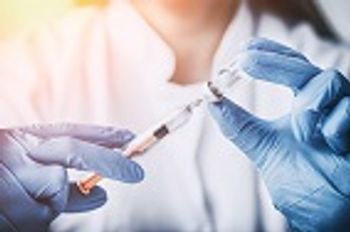
Ten years ago in Geneva, the World Health Organization (WHO) unveiled what is now called the Global Action Plan for Influenza Vaccines (GAP), a comprehensive approach to meeting the demand for vaccines should there be a pandemic anywhere in the world. How is it doing?

Thomas Frieden, MD, MPH, director of the CDC, and Susan Desmond-Hellmann, MD, chief executive of the Bill and Melinda Gates Foundation discuss how governments and business organizations should prepare for pandemics, especially a potential influenza pandemic.
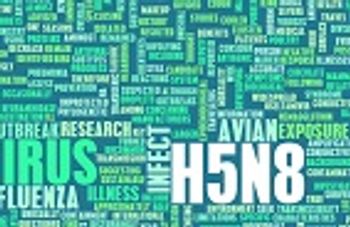
Recent outbreaks of highly pathogenic H5N8 avian influenza in Northern Europe, Russia, and the Middle East are worrying neighboring countries and have led to the culling of tens of thousands of chicken, turkeys, and ducks.

A recent outbreak of highly pathogenic avian influenza in commercial chickens and ducks in South Korea has health officials in the country on high alert and some poultry farmers taking quarantine measures.

A recent study shows that a person’s birth year may predict his/her chances of surviving an influenza A virus pandemic.

University of California and Stanford University researchers have identified how temperature and humidity work together to affect flu season.
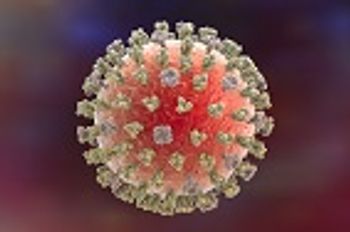
The Centers for Disease Control and Prevention (CDC) has identified 18 cases of new swine flu viruses in Ohio and Michigan state fair attendees, highlighting the need for precaution when handling pigs.
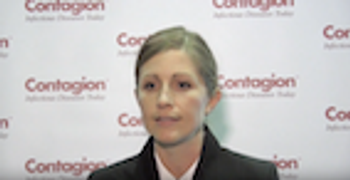
Rebekah Stewart Schicker, MSN, MPH, APRN, Epidemic Intelligence Service (EIS) Officer at the Centers for Disease Control and Prevention, explains her recent research on influenza antiviral treatment prescribing practices in 60 outpatient settings across the United States.

Researchers in the United States and South Korea recently studied the use of an experimental nanoparticle treatment that acts as a decoy to stop and kill the influenza virus.

Public-health experts recommend that the seasonal influenza vaccine be available in more non-medical settings in hopes that with increased accessibility, more people will choose to get vaccinated.
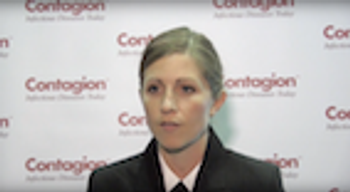
Rebekah Stewart Schicker, MSN, MPH, APRN, Epidemic Intelligence Service (EIS) Officer at the Centers for Disease Control and Prevention, National Center for Immunization and Respiratory Diseases, Influenza Division, explains how antiviral flu treatments may be affecting patients in the outpatient setting.


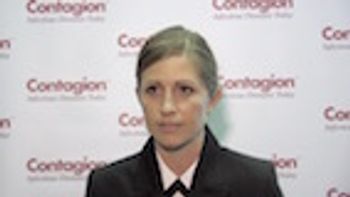
Rebekah Stewart Schicker, MSN, MPH, APRN, Epidemic Intelligence Service (EIS) Officer at the Centers for Disease Control and Prevention, National Center for Immunization and Respiratory Diseases, Influenza Division, discusses which outpatient populations are at highest risk of influenza-associated complications and the recommended treatments for these individuals.
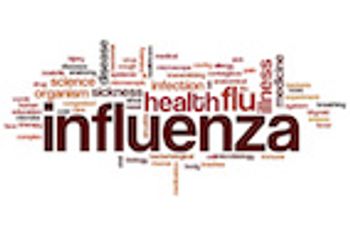
As the flu hits New Mexico, hundreds are reporting symptoms, while infection has only been lab-confirmed in two cases.
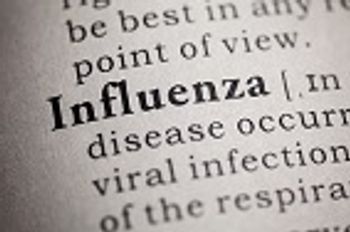
The first influenza cases of the 2016-2017 season were reported by the Minnesota Department of Health, a reminder for state residents to receive influenza vaccination.
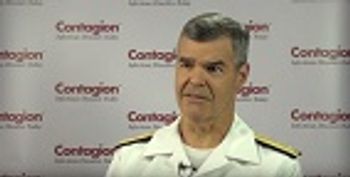
Stephen Redd, MD (RADM, USPHS), Director of the Office of Public Health Preparedness and Response (OPHPR) at the Centers for Disease Control and Prevention (CDC), discusses the 2016-2017 flu vaccine.

The US Food and Drug Administration has approved its quadrivalent formulation of the Flublok influenza vaccine.
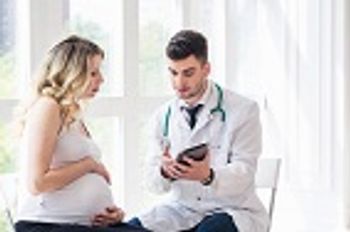
Researchers in a recent study investigated how mixed messages delivered by vaccine manufacturers may prevent women from receiving the safe and effective influenza vaccine during pregnancy.
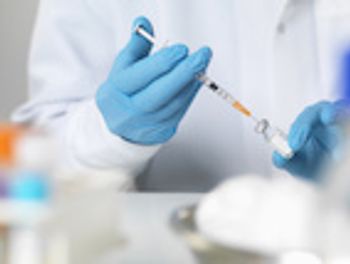
In addition to licensed pharmacists, student pharmacists can play an important role in helping more Americans get vaccinated by participating in immunization campaigns throughout their communities.

To assess factors associated with the likelihood that healthcare providers will accept seasonal influenza vaccine policy changes, Nova Scotia researchers examined the roles that their knowledge and attitude play in the matter.
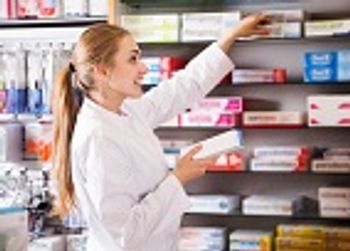
Pharmacists are critical to expanding access to pandemic vaccination. However, little is known about the relationships and planning activities between public health programs and pharmacies.

The World Health Organization (WHO) recently met to establish new guidelines for the Southern Hemisphere’s 2017 influenza virus vaccine.
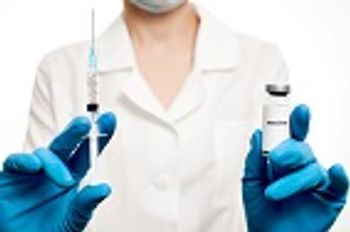
Recently, WHO published a paper outlining their decade-long initiative to increase access and regulate production of the influenza vaccine.